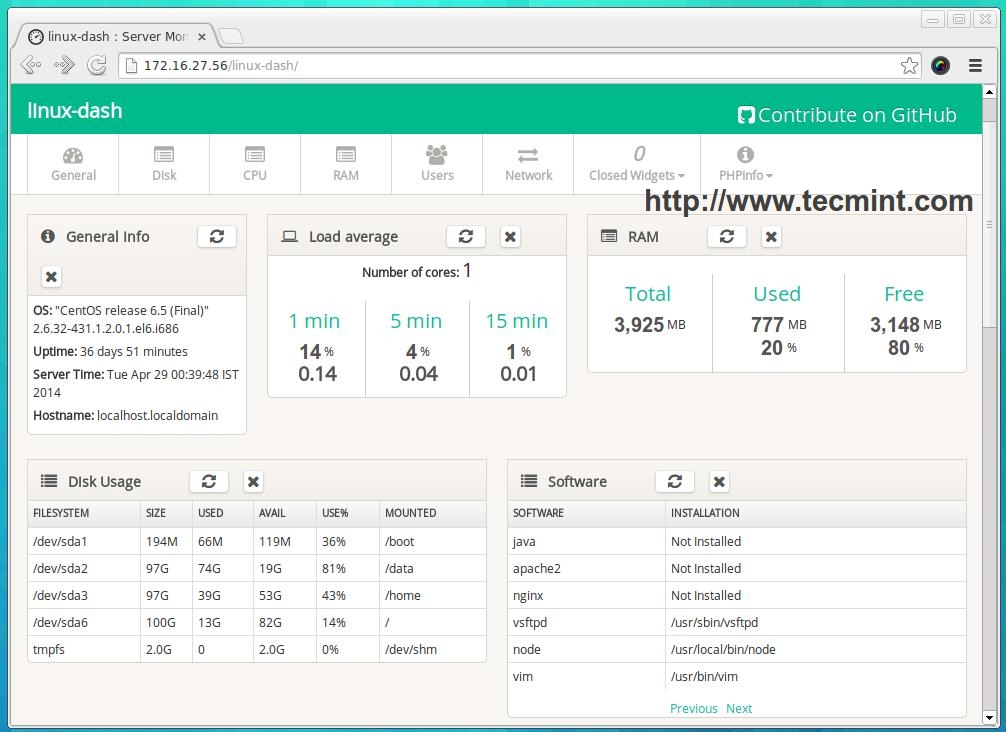- Http Localhost Apache Web
- Enable Https On Localhost
- Http Localhost Apache Not Working
- Http Localhost Apache Download
Setup a development environment with free and open source web server solution stack (XAMPP) and Database management software (phpMyAdmin)
- Then to check if Apache is reading your httpd-vhost.conf, go to folder xampFolder/apache/bin, Shift + right click, open a terminal command here, open XAMPP (as you usually do), start Apache, and then on the command line, type httpd -S. You will see a list of the virtual hosts. Just check if your something.dev is there.
- 'GET /apachepb.gif HTTP/1.0' ('%r') The request line from the client is given in double quotes. The request line contains a great deal of useful information. First, the method used by the client is GET. Second, the client requested the resource /apachepb.gif, and third, the client used the protocol HTTP/1.0. It is also possible to log one.
Sorry that’s a little messy apache extra httpd-xampp.conf is the xampp configuration file. You can copy and paste to modify the entrys as you need.
Http Localhost Apache Web
XAMPP and phpMyAdmin as localhost provides a local server for developers to test and build web apps. XAMPP is a local server that is installed on personal computers/laptops. It provides a local environment to create, run, and test PHP applications before deploying them on live servers.
We will cover following sections in this blog post:
Description:
XAMPP is free and open source web server solution stack. It contains Apache, MySQL, MariaDB, PHP, and Perl. XAMPP is available for Windows operating systems. It is extremely easy to install and use. That’s why it’s the most popular PHP development environment. XAMPP and phpMyAdmin as localhost provides a complete environment for web app development and testing.
Alphabets in XAMPP stand for:
- X — cross-platform (supports multiple operating systems including Linux, Windows and Mac OS)
- A — Apache HTTP Server
- M — MariaDB (Database)
- P — PHP
- P — PERL
XAMPP Installation
- Download XAMPP from here.
- Install the executable file.
- Then click “Next”.
- Choose the components you want to install.
- For most web apps you only need Apache, MySQL, PHP, and phpMyAdmin.
- Select the installation directory where you want to install XAMPP.
- You will be shown a windows security alert. You must check the following option: “Private networks, such as my home or work network”.
- Finally click on “Finish” to complete installation.
- After successful installation, open XAMPP control panel.
- Start “Apache” and “MySQL” services.
phpMyAdmin Dashboard:
To access phpMyAdmin dashboard, click on “Admin” button next to MySQL service. You can also access phpMyAdmin by visiting http://localhost/phpmyadmin from your browser. Here you can create databases. Follow these steps to create a new database.


- From dashboard, click on “Databases” tab.
- Enter database name and click on “Create” button. This will simply create a new empty database.
- Next you can create tables by selecting the newly created database.
- Enter table name under “Create Table”.
Enable Https On Localhost
- Select number of columns.
- Then click on “Go” button.
- After that you need to fill the form on next page to finish creating table.
Final Thoughts:
Http Localhost Apache Not Working
XAMPP installation is simple and straight forward. It takes no more than 15 minutes to the setup XAMPP server. Once it’s installed, developers can build and test their PHP based web apps even without an internet connection. Instead of testing projects directly on a live web server, it’s simple and time-saving to test them locally. It’s a great platform for beginners to learn, test, and polish their PHP, Perl, and database skills.
Http Localhost Apache Download
Explore:
